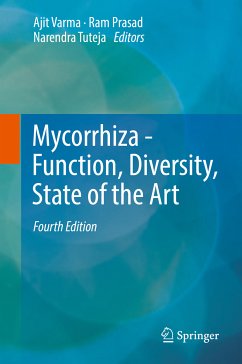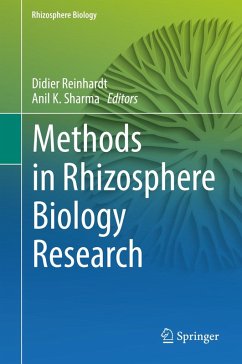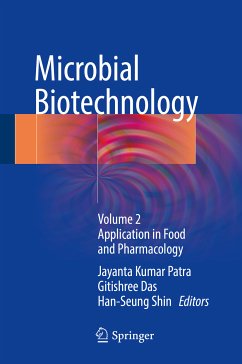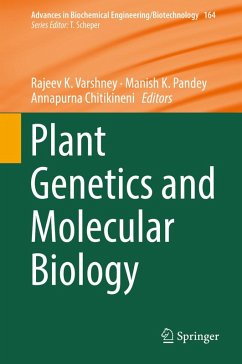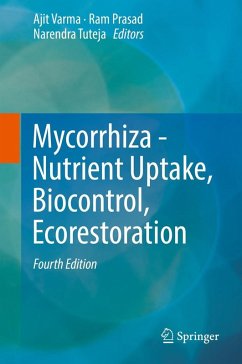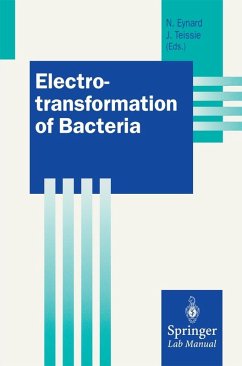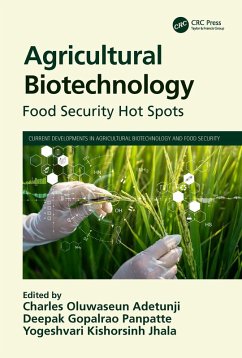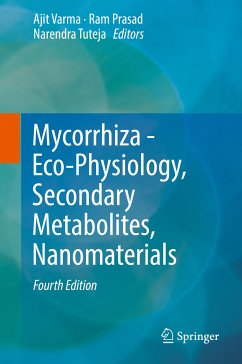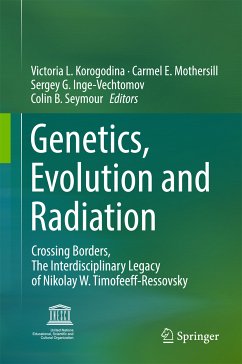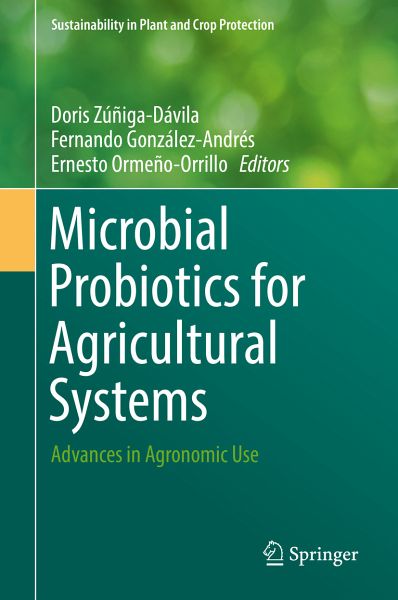
Microbial Probiotics for Agricultural Systems (eBook, PDF)
Advances in Agronomic Use
Redaktion: Zúñiga-Dávila, Doris; Ormeño-Orrillo, Ernesto; González-Andrés, Fernando
Versandkostenfrei!
Sofort per Download lieferbar
112,95 €
inkl. MwSt.
Weitere Ausgaben:

PAYBACK Punkte
56 °P sammeln!
The book is a comprehensive compilation of the most recent advances in the practical approach of the use of microbial probiotics for agriculture. Unlike the rest of the publications about biofertilizers, this book bridges the gap between the lab studies (molecular, physiological, omics, etc.) and the agronomic application.
Dieser Download kann aus rechtlichen Gründen nur mit Rechnungsadresse in A, B, BG, CY, CZ, D, DK, EW, E, FIN, F, GR, HR, H, IRL, I, LT, L, LR, M, NL, PL, P, R, S, SLO, SK ausgeliefert werden.



